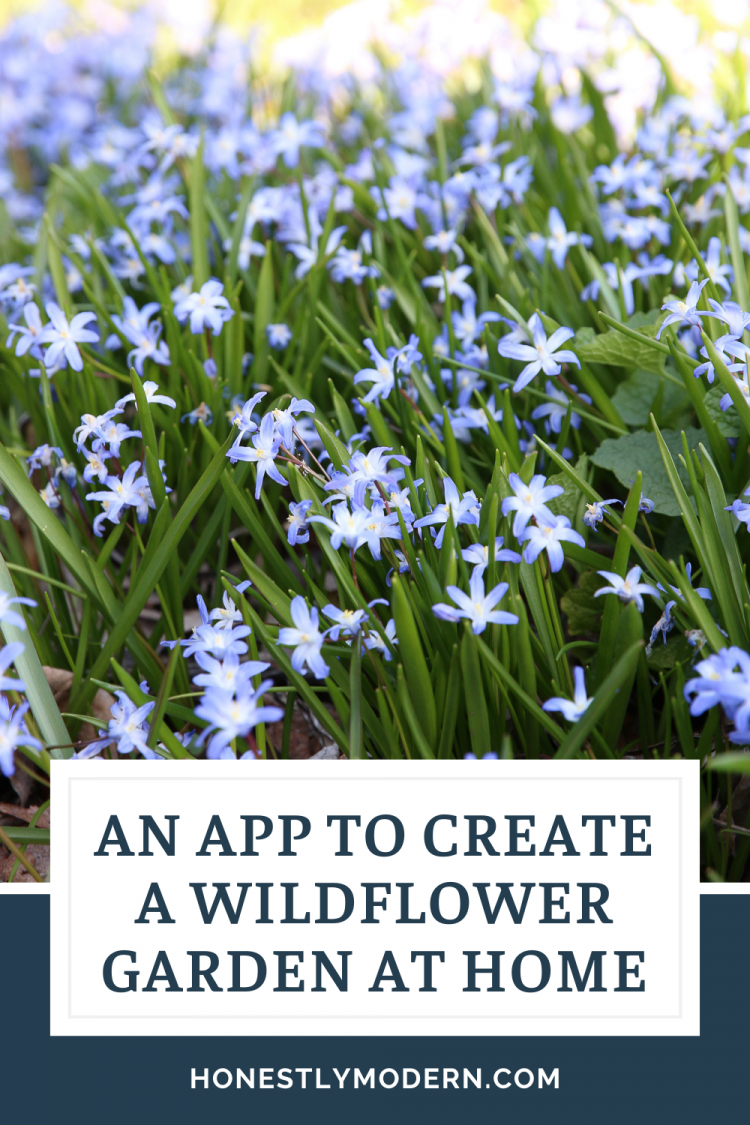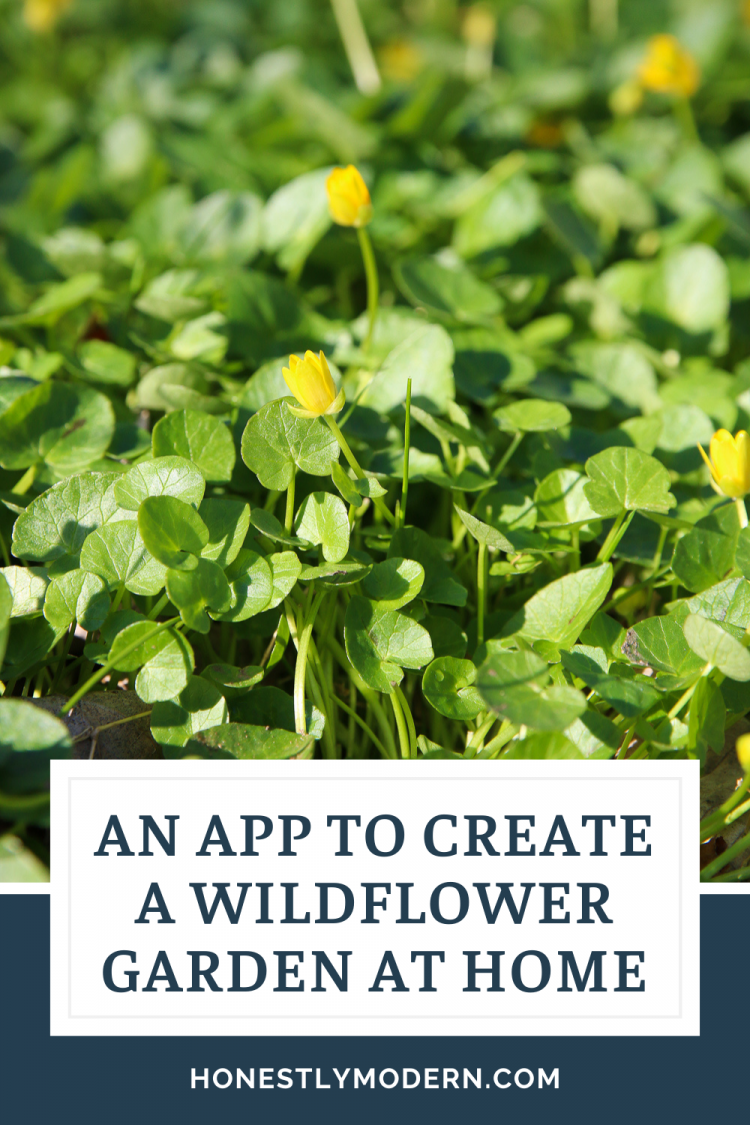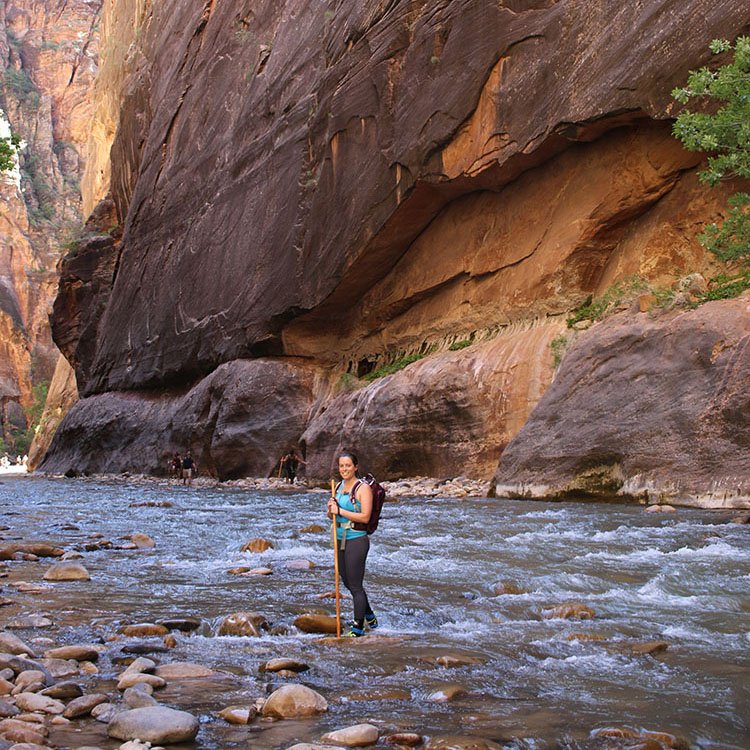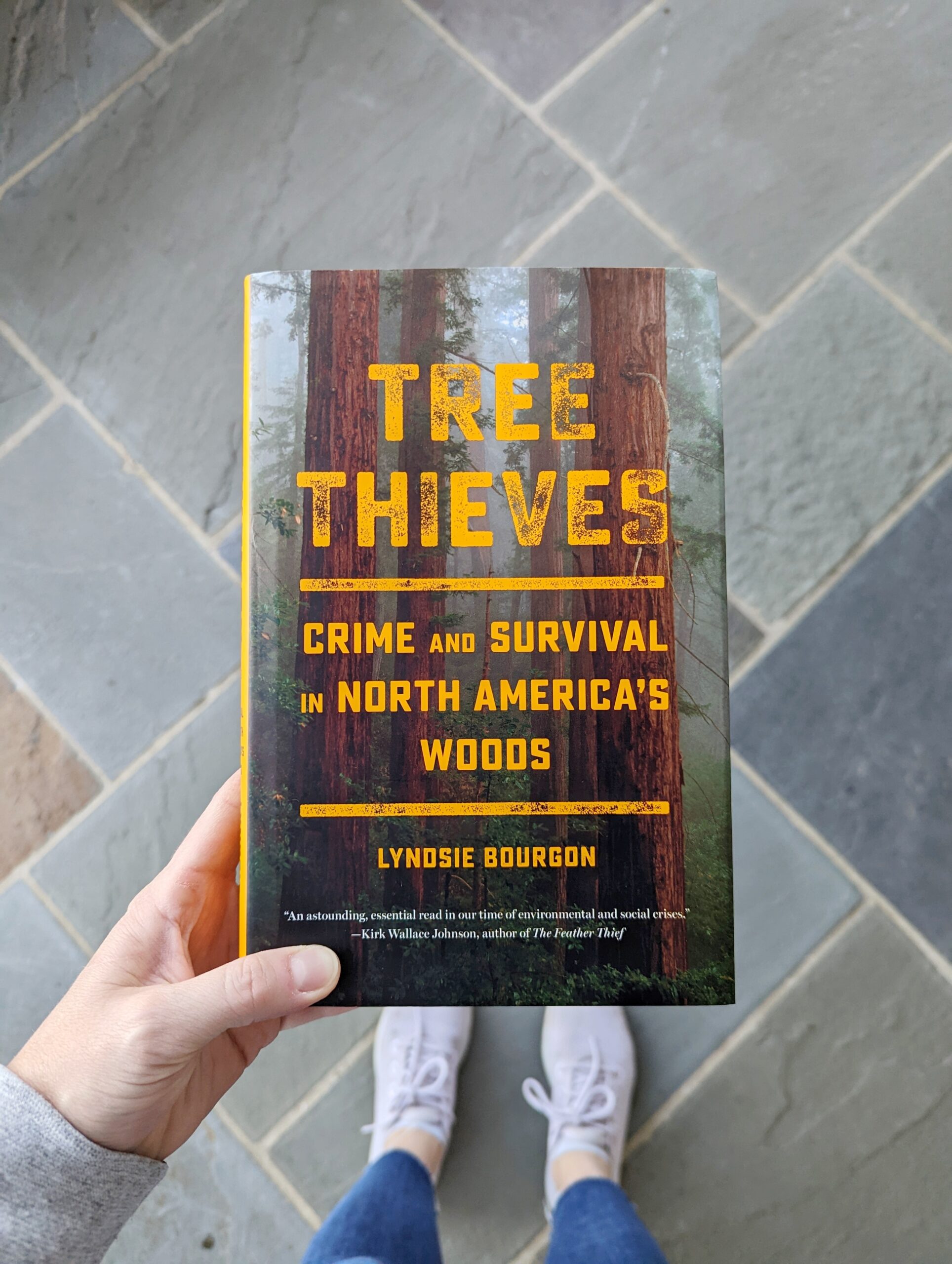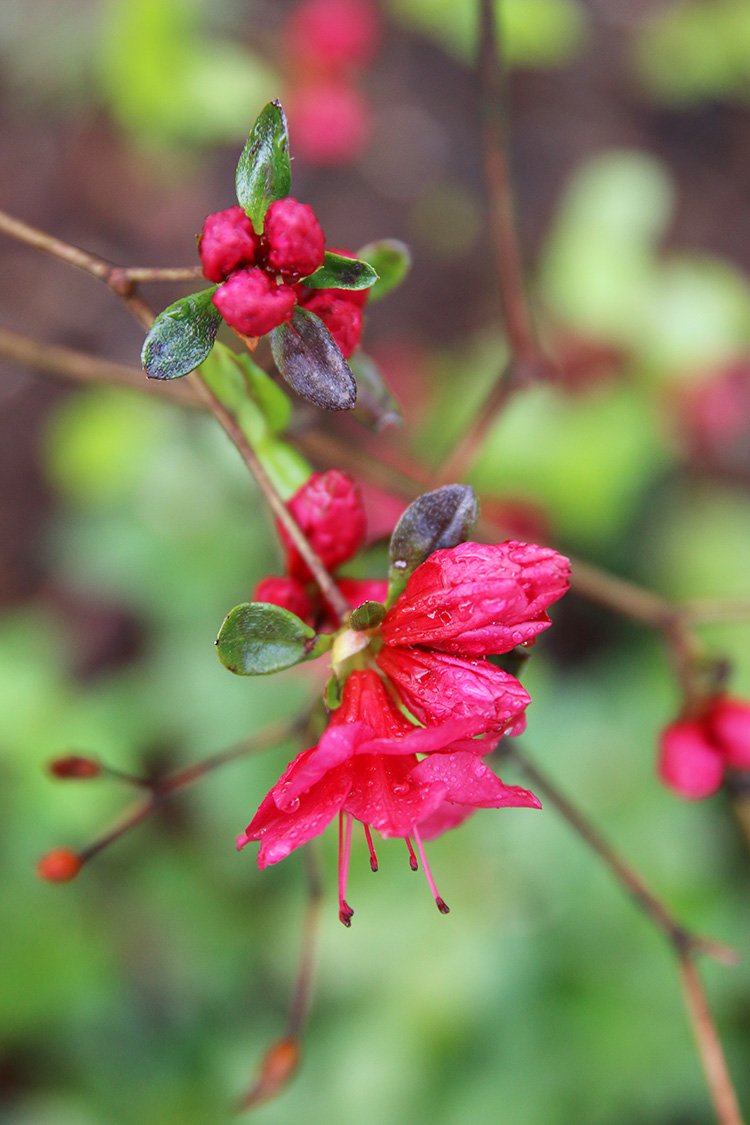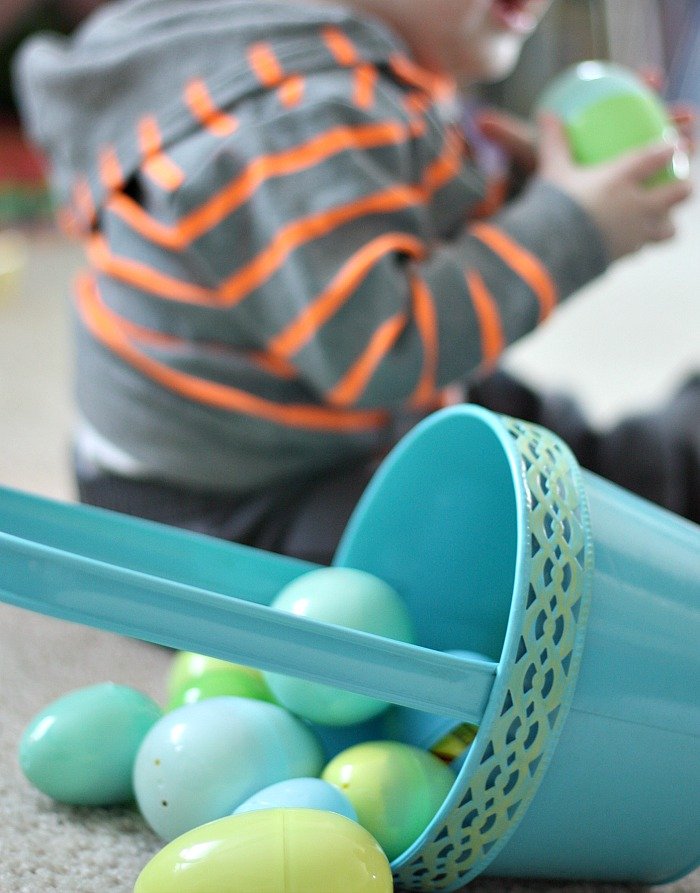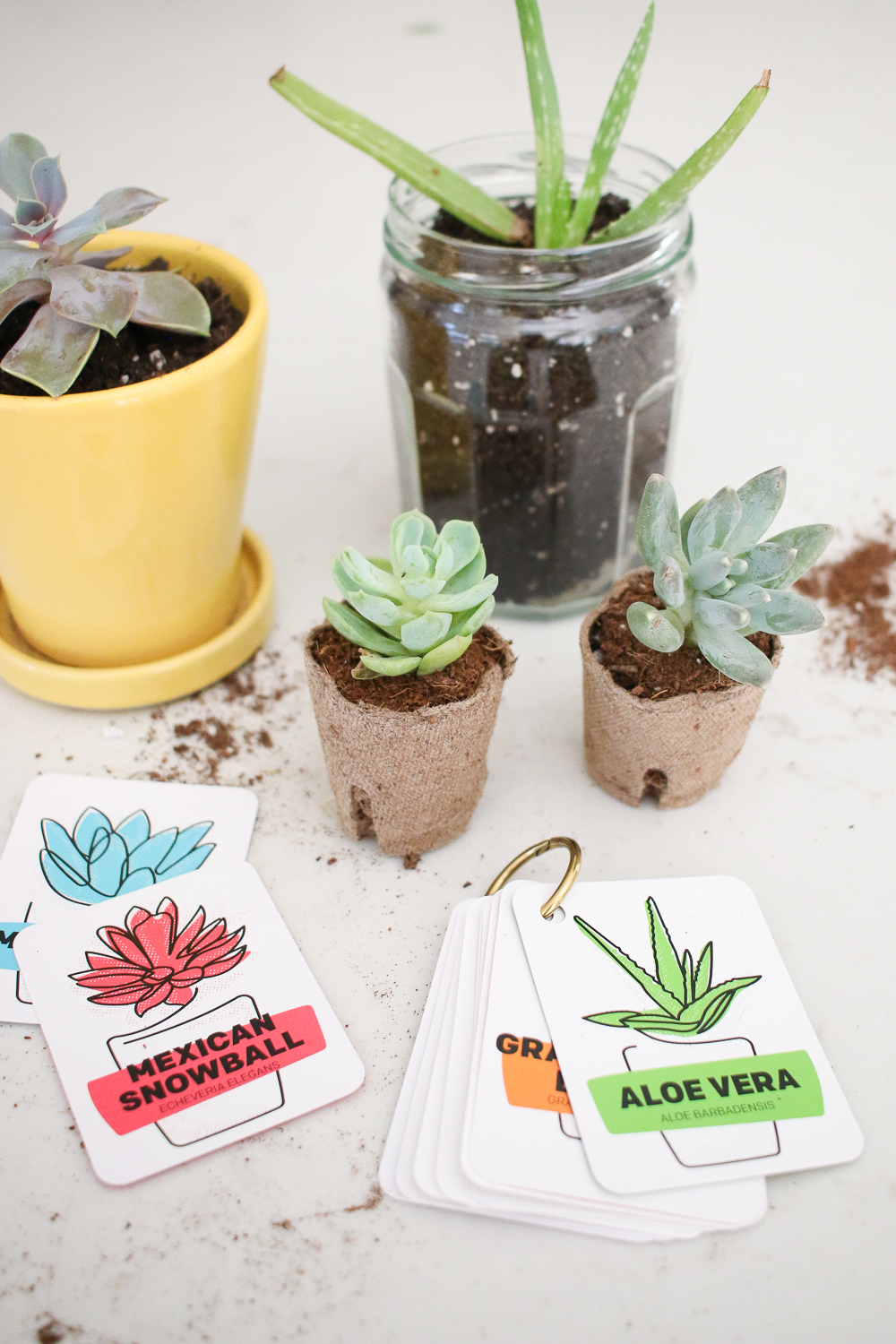An App To Help You Create A Wildflower Garden At Home
Want to replace some or all of your lawn with a wildflower garden? Check out the Lawn To Wildflowers App to learn about pollinators and wildflowers native to your region that will help you restore habitats for pollinators and bring new life to the biodiversity of your local ecosystem.
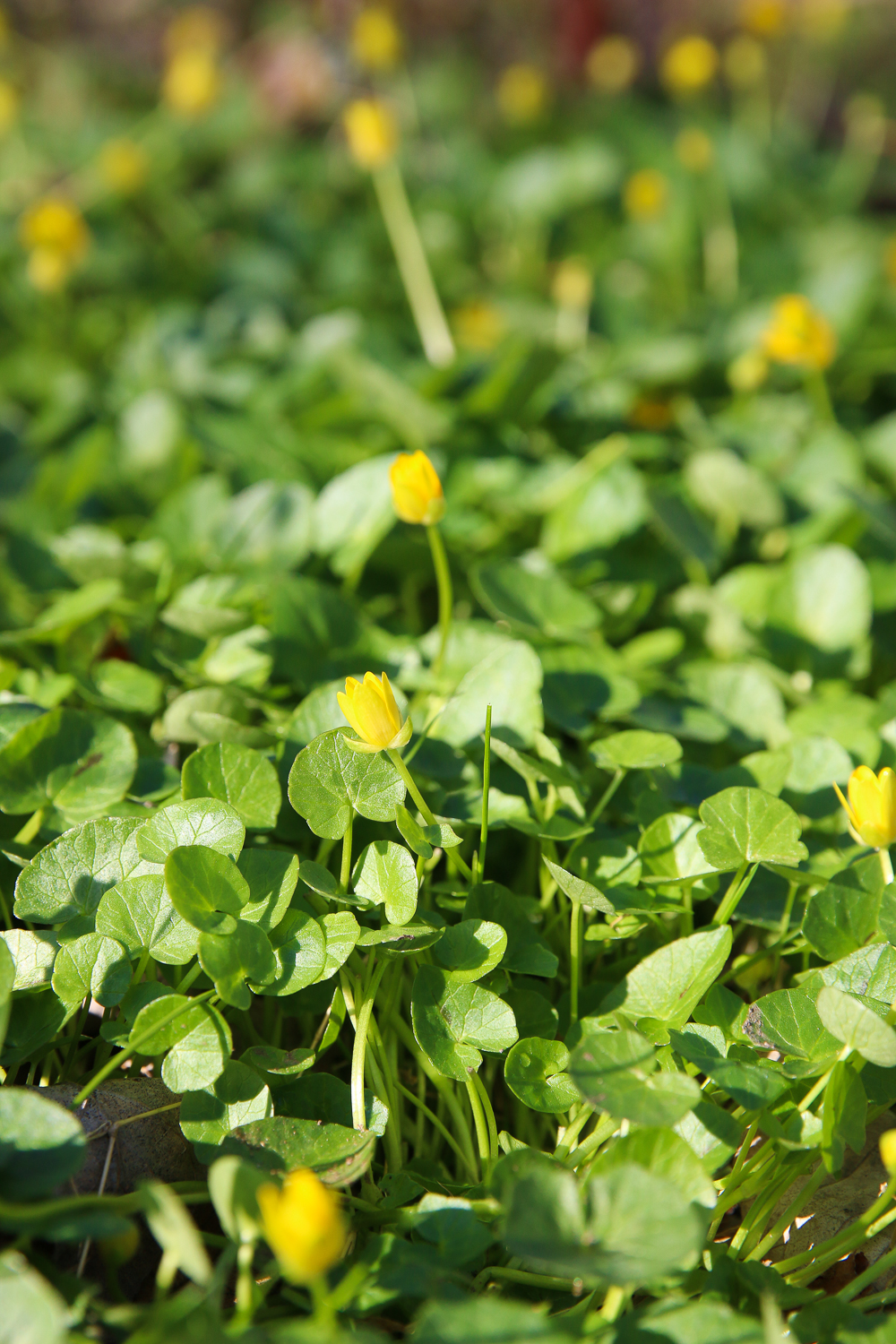
I’m not quite sure how I stumbled on it, but a few weeks ago I discovered the Lawn To Wildflowers App. Lawn to Wildflowers is an organization founded in 2018 by researchers at the University of Central Florida. The organization is funded by a Pollinator Health Fund grant from the Foundation for Food and Agriculture Research and is working to help people across the United States plant more wildflower gardens and pollinator habitats. Specifically, as the name implies, they hope to encourage people to convert traditional lawns to wildflower meadows and gardens.
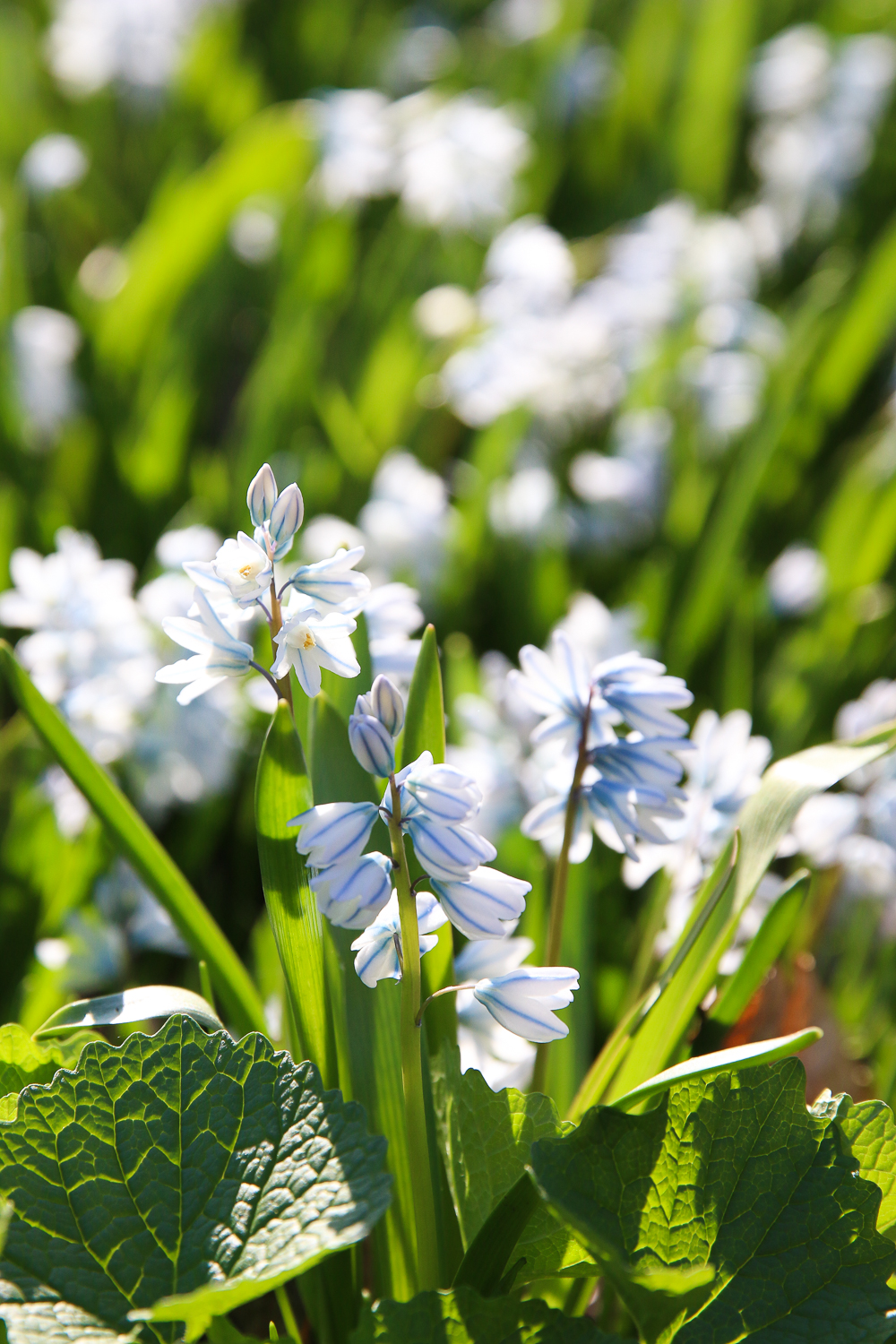
Why Convert Lawns To Wildflower Gardens?
Traditional, perfectly manicured turf grass lawns are not so great for the environment. According to the National Resource Defense Council (NRDC), turf grass lawns consume nearly 3 trillion gallons of water, 200 million gallons of gas (for all that mowing), and 70 million pounds of pesticides each year!
Traditional lawns are also monoculture habitats that hinder biodiversity and pollute our waterways. Seemingly obsessed with lawns, the United States now has more than 50 million acres of manicured turf grass lawns. Turf grass is the largest irrigated crop in our country, and it doesn’t even provide any food. Native wildflower gardens are a more eco-friendly alternative to grass and can help us rejuvenate some of the decline in biodiversity we’ve caused in the last several decades.
Additionally, native wildflower gardens are home to thousands of native bee species, butterfliers, and other amazing pollinators that live on our planet. Due in part to increased pesticide use (including on lawns) and reduced habitat, pollinator populations are declining rapidly. Wildflower gardens, free of harmful pesticides, can be part of the effort to rebuild the much-needed habitat space for pollinators to thrive.
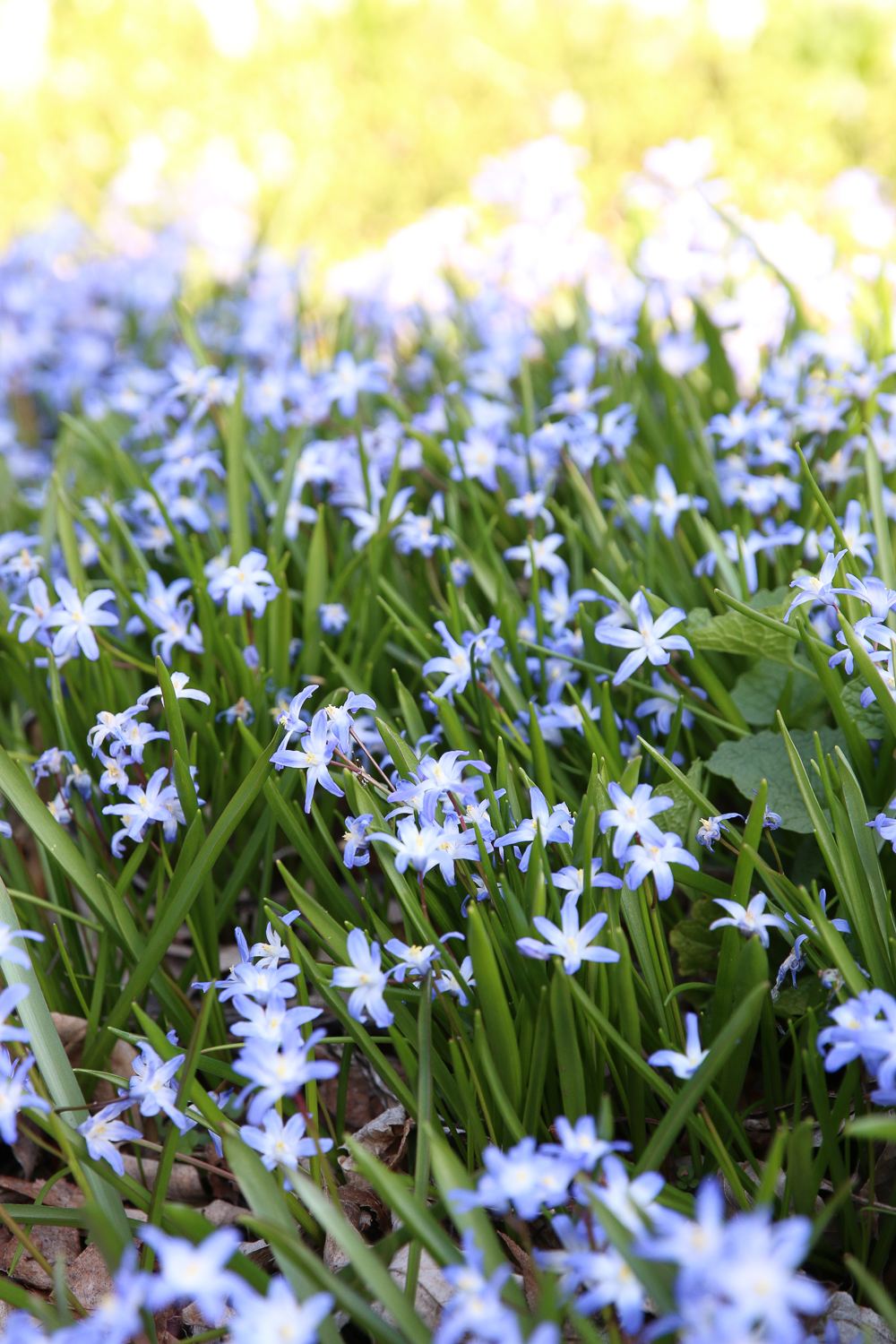
Why Protect Pollinators?
Pollinators are an integral component of our food supply. Bees, butterflies, and other pollinators pollinate over 180,000 different plant species and more than 1200 crops. Pollinators contribute to the creation of one out of every three bites of food humans eat, which affects nearly $217 billion worth of global economic activity. Further, pollinators support healthy ecosystems that clean the air, stabilize soils, protect from severe weather, and support other wildlife.
Many pollinator populations are in steep decline, and this is attributed most severely to a loss in feeding and nesting habitats. For example, according to a September 2020 study by the United States Fish and Wildlife Service, monarch butterfly populations are decreasing dramatically and some are at risk of extinction, due largely to the loss of milkweed habitat necessary for reproduction.
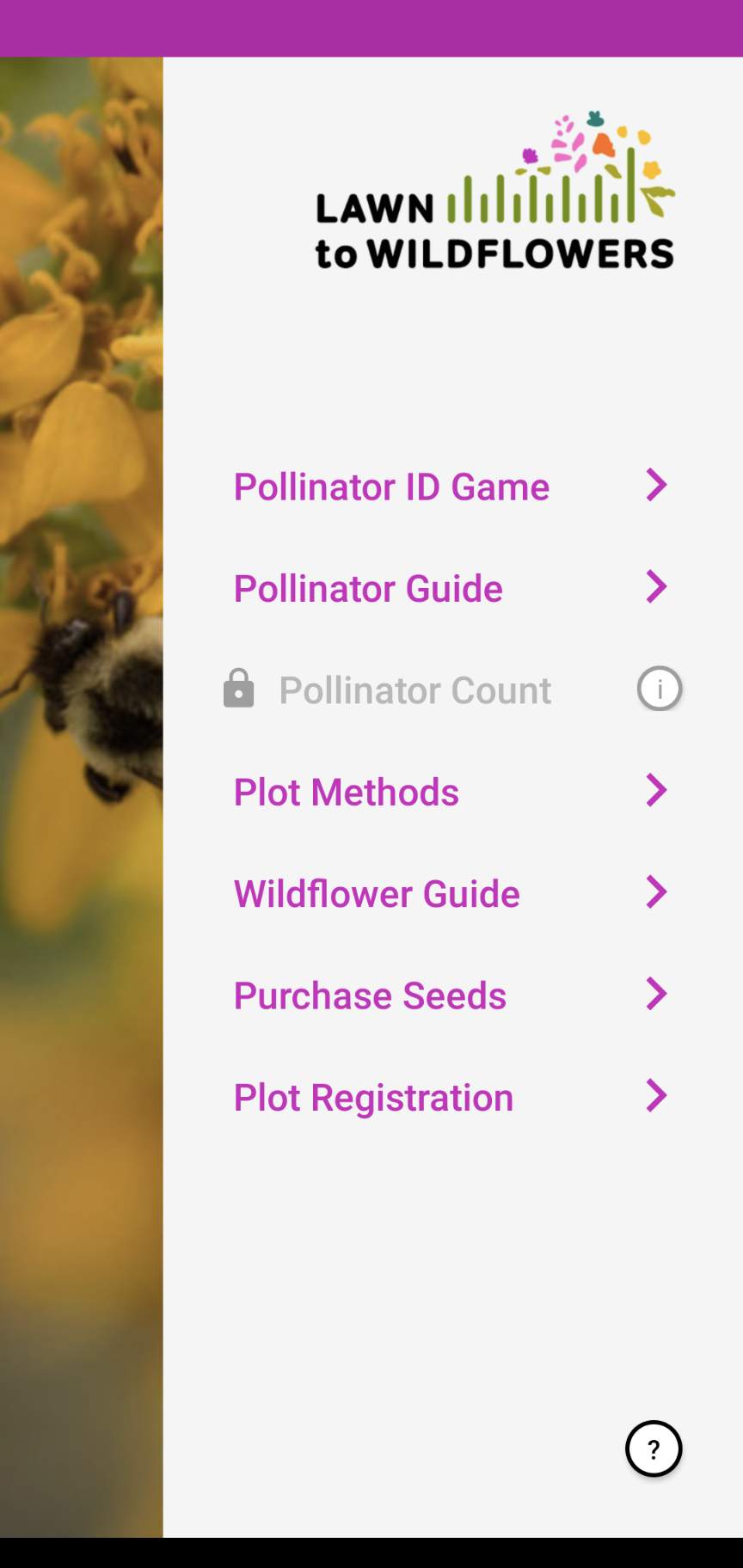
How Does Lawn To Wildflowers Help Pollinators?
Researchers at Pollinator Partnership, a non-profit dedicated to the protection and promotion of pollinators and their ecosystems, have found that converting lawns to wildflower gardens and planting wildflowers in open spaces can significantly help the pollinator populations. While it might not seem significant individually to convert a small plot of space in your yard to a native wildflower garden, our collective efforts are very meaningful.
The Lawn To Wildflowers app makes it easy to figure out how to plant a wildflower garden in your yard and what native plants to grow in your garden based on the region of the United States in which you live. The app has simple instructions to guide you through the process of sod removal, smothering with cardboard, or sheet mulching to create a space to grow a wildflower garden.
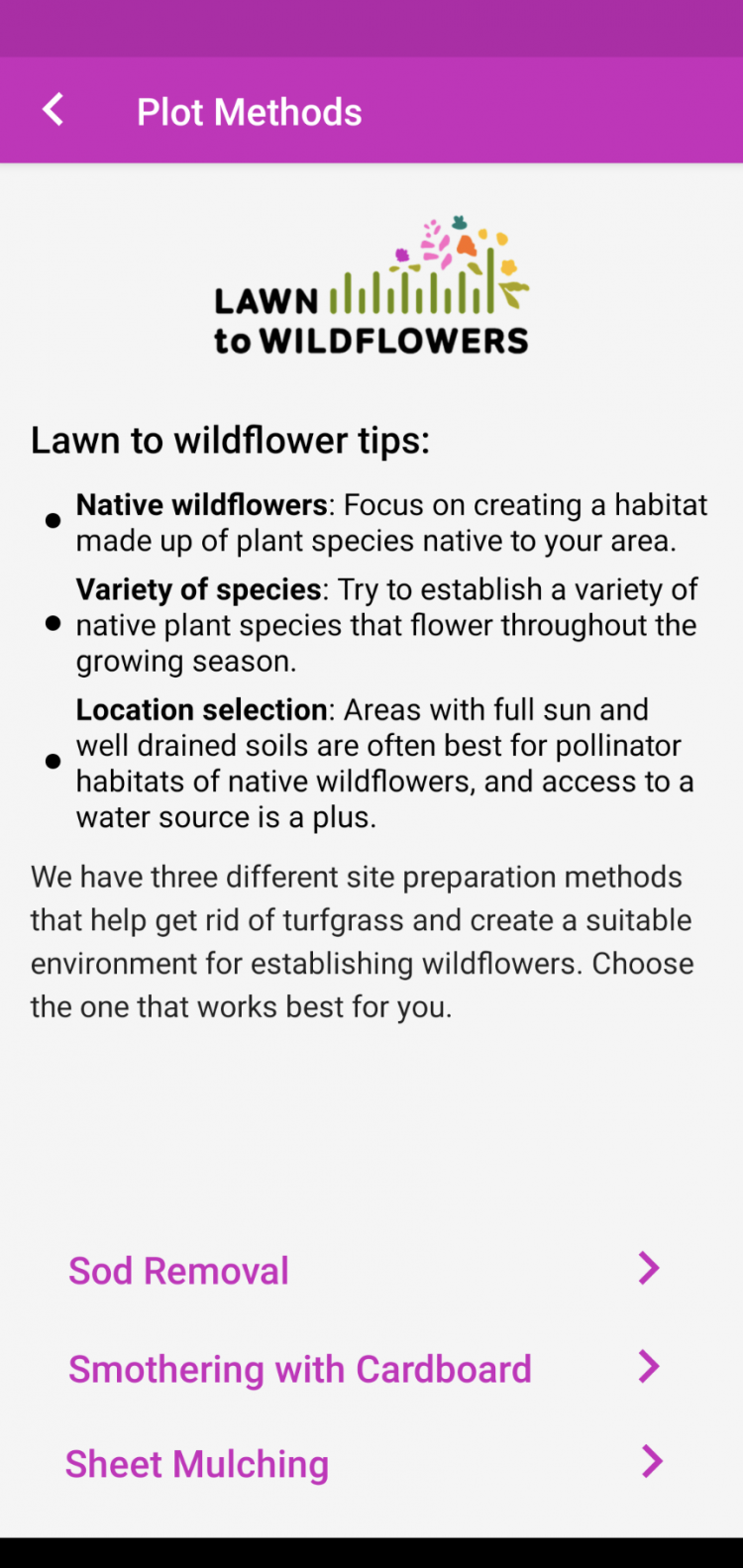
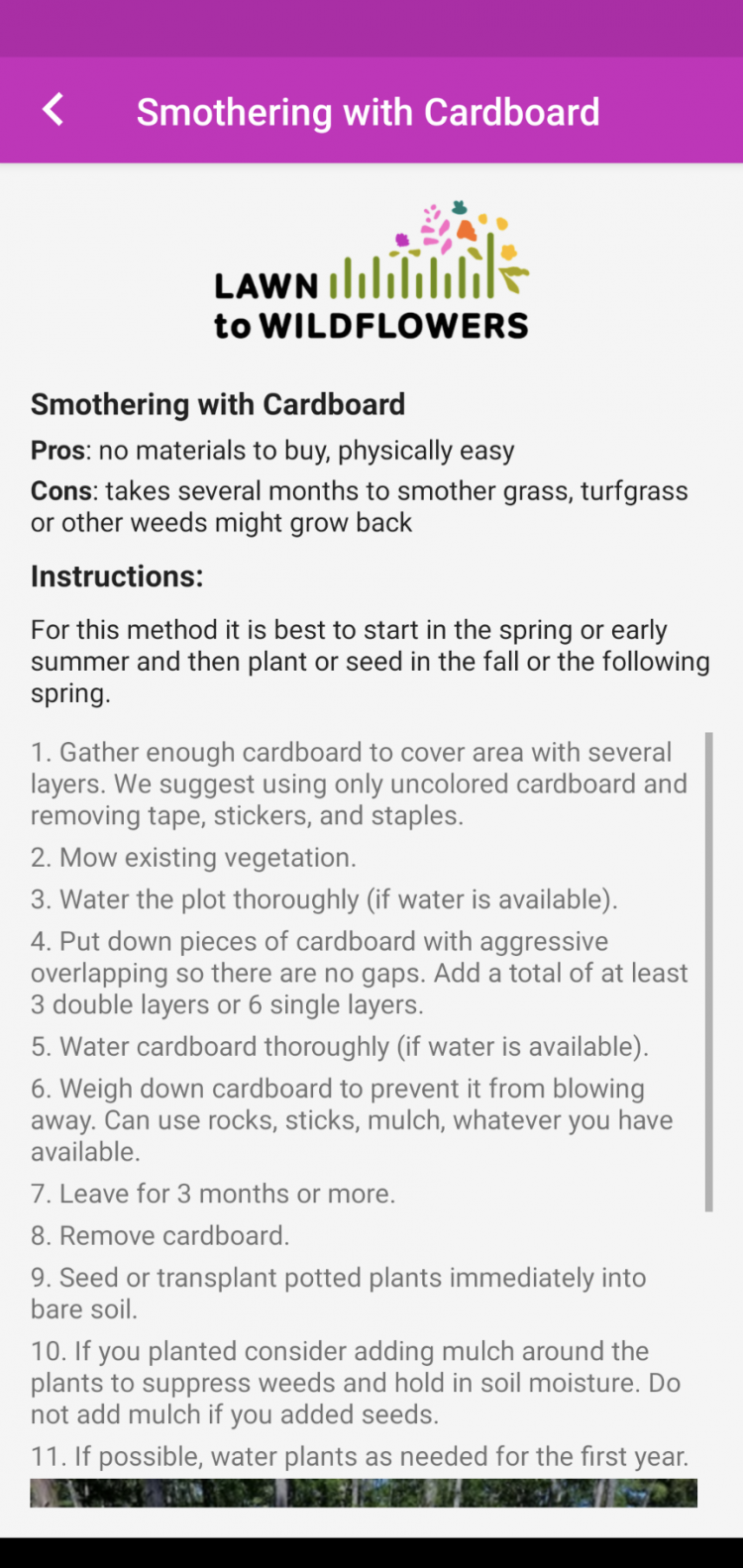
The app also includes tips to consider when creating your wildflower garden and offers specific plant recommendations after selecting the region of the United States where you live. You can purchase seeds for native wildflowers in your region or get additional information to select plants and seeds on your own.
When planting wildflower gardens and meadows, be sure to choose native and perennial wildflowers as much as possible. Native plants provide more suitable habitats for native species. They also tend to grow better without extra irrigation and fertilizers than many non-native plants because they are accustomed to the local climate and growing conditions. Perennial wildflowers are important because they cover the soil and provide habitats year-round. As an added bonus, they’re usually less work to maintain than annual plants because they don’t have to be replanted each year.
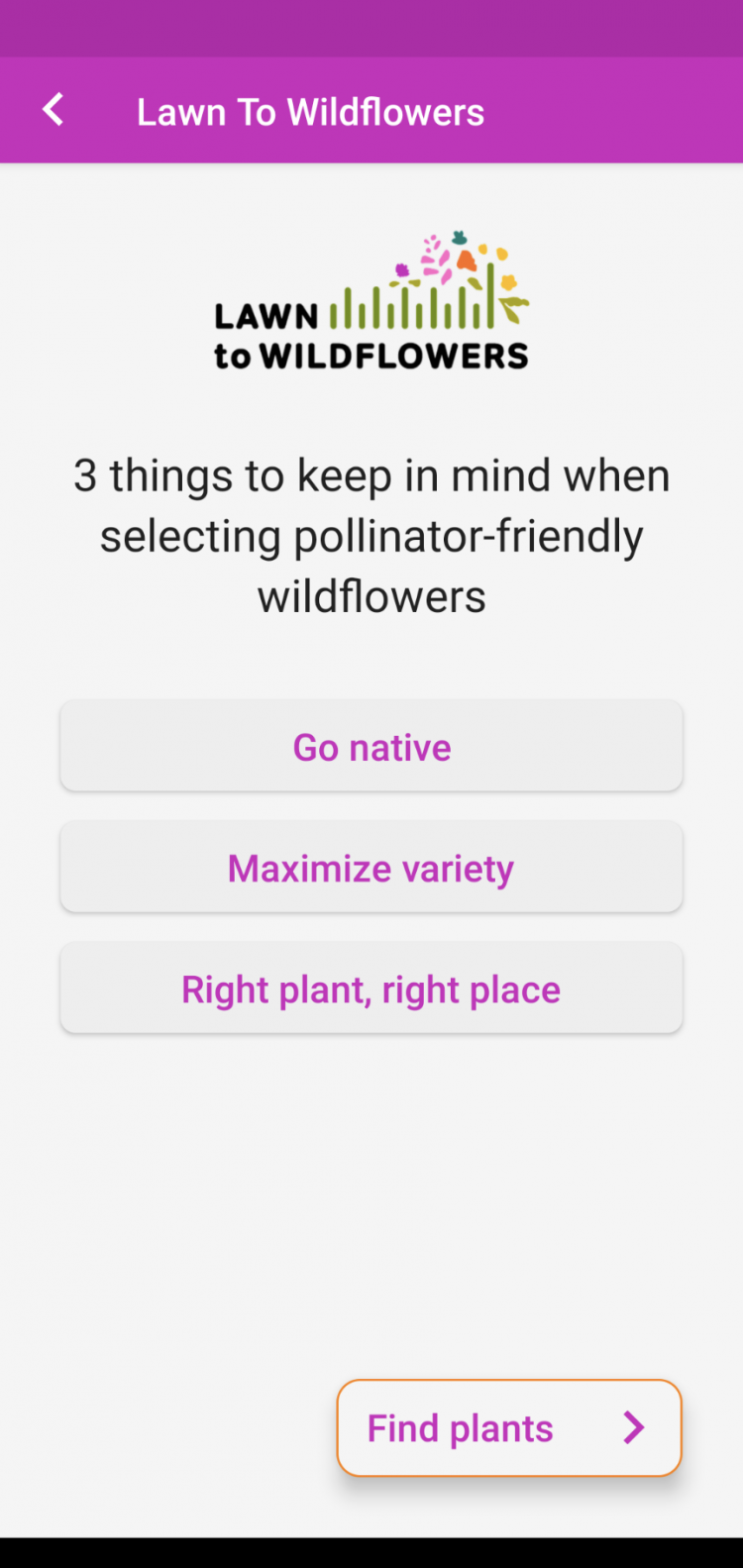
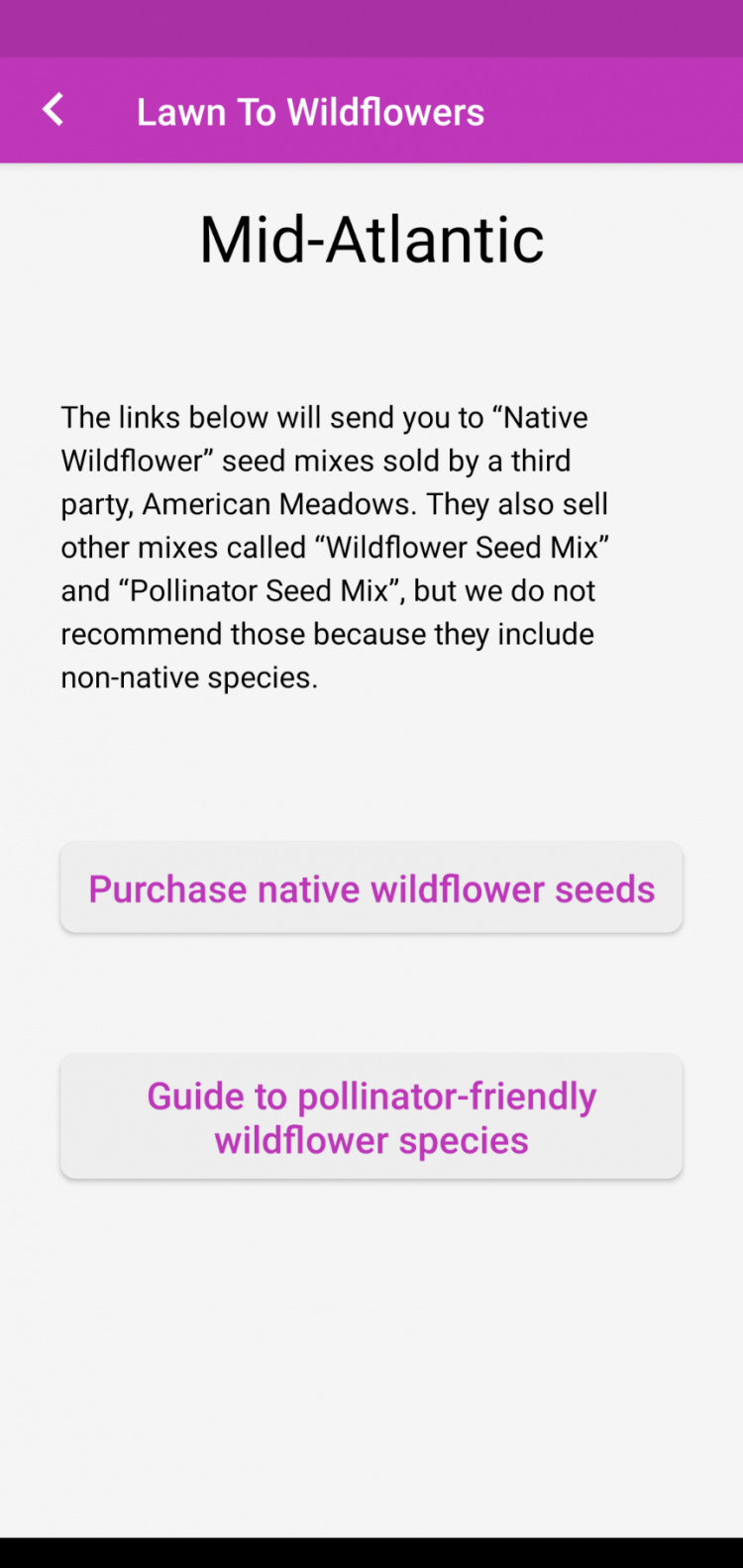
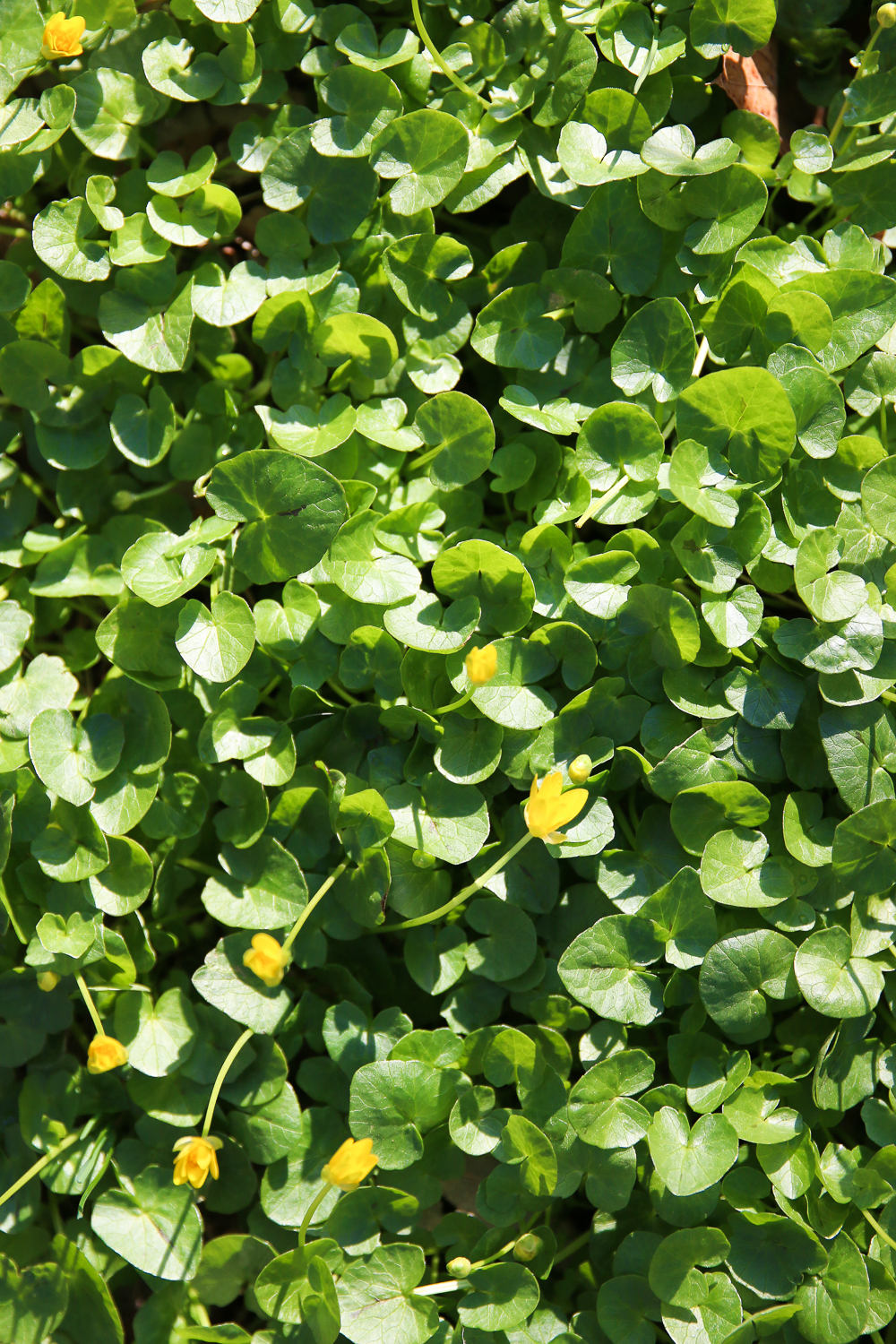
Citizen Science To Track Pollinator Populations
Lawn to Wildflowers also seeks to engage app users to contribute to pollinator tracking and counting to better understand how pollinator populations are doing. After completing a Pollinator ID Game through which users learn to identify different types of pollinators, app users can count and record pollinators they see in their garden to contribute to pollinator data tracking throughout the country.
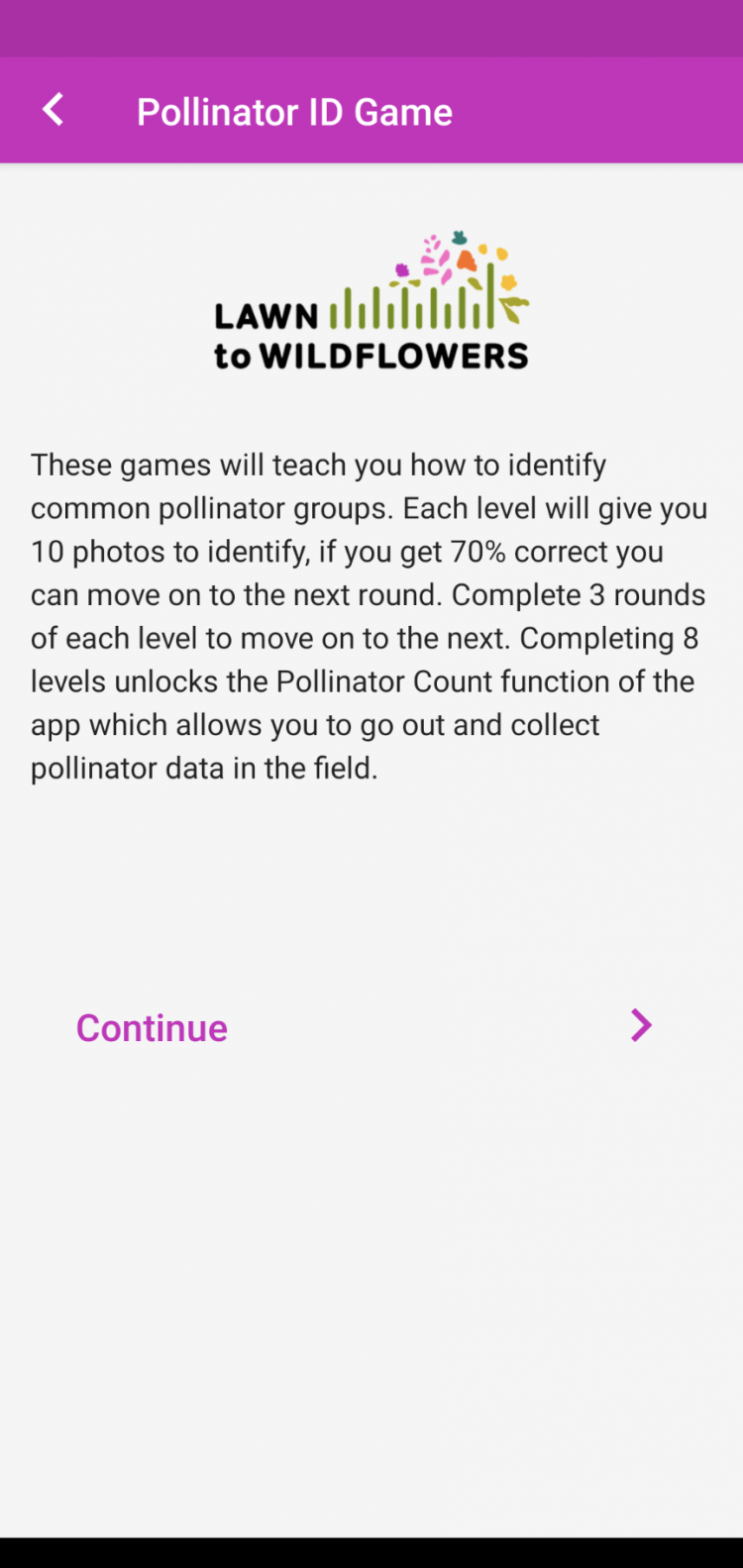
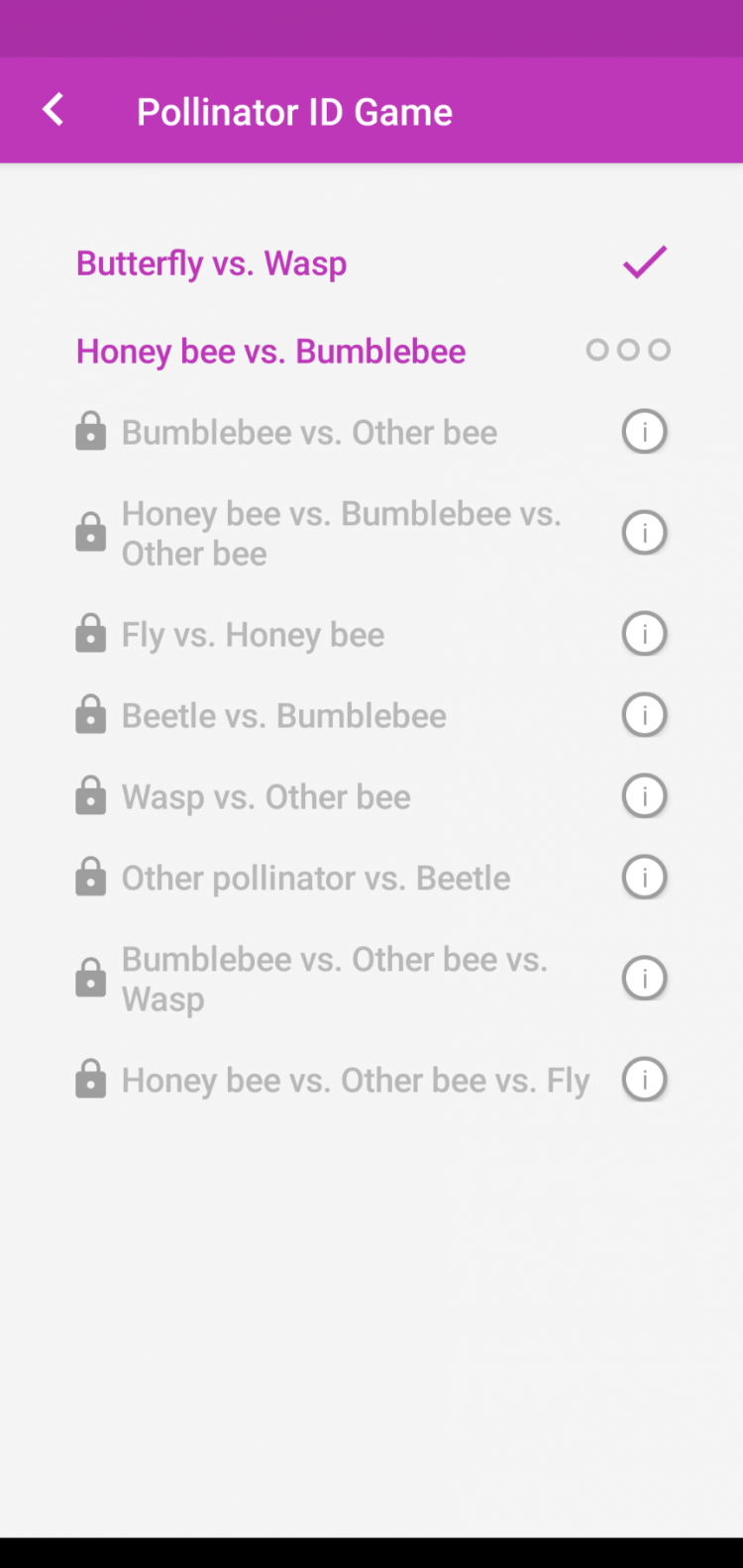
Download Lawn To Wildflowers App
The Lawn to Wildflowers App is available on Apple and Android phones. It’s a simple app that provides just enough information to get you started without being overwhelming.
Do you have a native wildflower garden or wildflower meadow in your yard?
If You Like Converting Lawns To Wildflower Gardens, You Might Also Like
8 Tips For Eco-Friendly Lawn Alternatives
Eco-Friendly Lawns | Alternatives To Grass and Why It Matters
How To Build A Wooden Pallet Compost Bin

